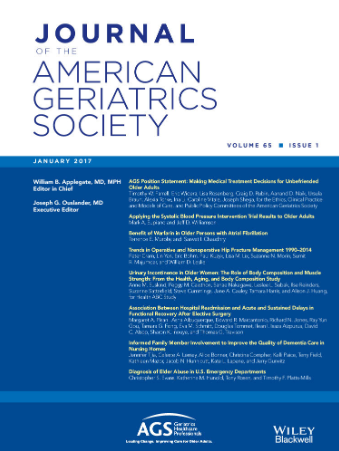Network Analyses to Explore Comorbidities Among Older Adults Living With Dementia
Abstract
Background
Older persons living with dementia (PLWD) often have multiple other chronic health conditions (i.e., comorbidities). Network analyses can describe complex profiles of chronic health conditions through graphical displays grounded in empirical data. Our study compared patterns of chronic health conditions among PLWD residing in and outside of long-term care (LTC) settings.
Methods
Population-based administrative data, including outpatient physician claims, inpatient records, pharmaceutical records, and LTC records, for the study were from the Canadian province of Manitoba. We included PLWD, ages ≥ 67 years, with two or more other chronic health conditions, who resided in Manitoba from 2017 to 2020. A total of 138 chronic health conditions were ascertained using a modification of the open-source Clinical Classification Software. Networks defined by nodes (health conditions) and edges (associations between nodes) were stratified by residence location (in versus outside LTC). Network properties were described, including: density (ratio of number of edges to number of potential edges), and modularity (associations between and within clusters of health conditions), and the median and interquartile range (IQR) for node degree (number of associations per node).
Results
The population comprised 19,672 PLWD, of which 17,534 (89.1%) had two or more chronic health conditions. The median number of co-occurring conditions was similar among PLWD in LTC (median: 6, IQR: 3–10) versus outside LTC (median: 7, IQR: 4–10). Network properties were similar for PLWD and multiple comorbidities residing in versus outside LTC, including node degree (median 11 vs. 12), density (0.15 vs. 0.14), and modularity (0.18 vs. 0.26).
Conclusions
Multiple chronic diseases characterize PLWD residing in and outside of LTC. Using network analyses, chronic diseases among PLWD do not form easily distinguishable groups or patterns. This suggests the need for comprehensive clinical assessments, individualized approaches for disease management, and highlights the importance of person-specific care.


 求助内容:
求助内容: 应助结果提醒方式:
应助结果提醒方式:


